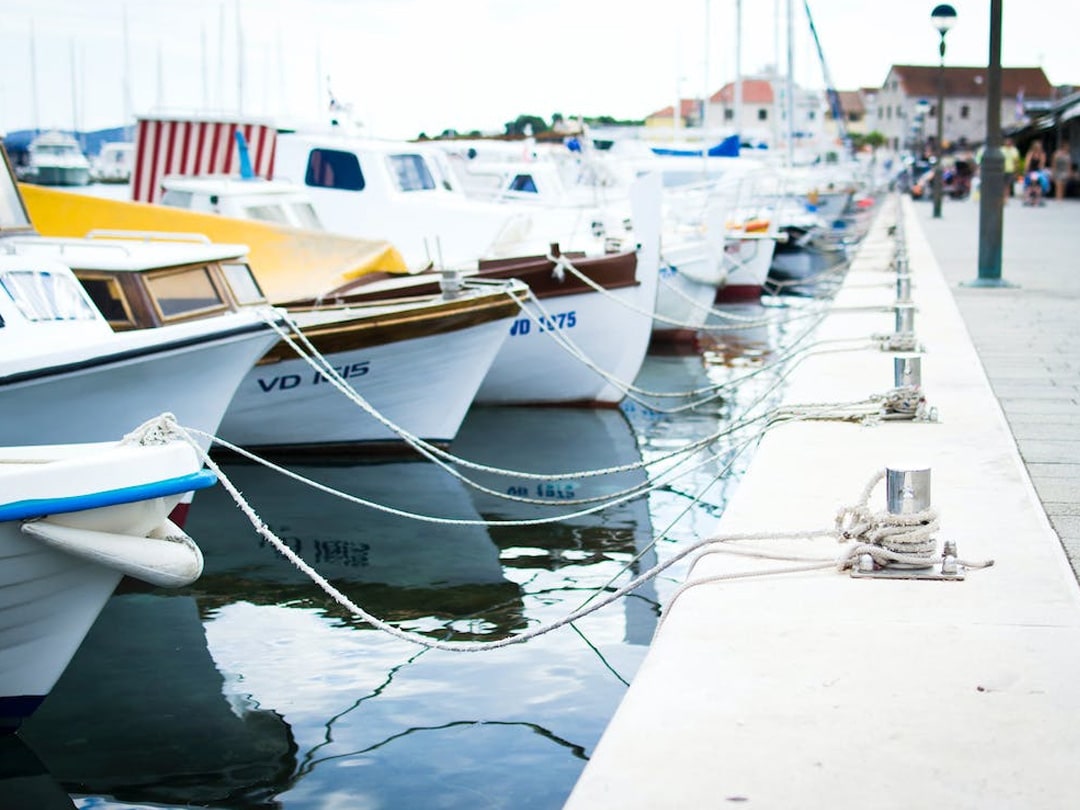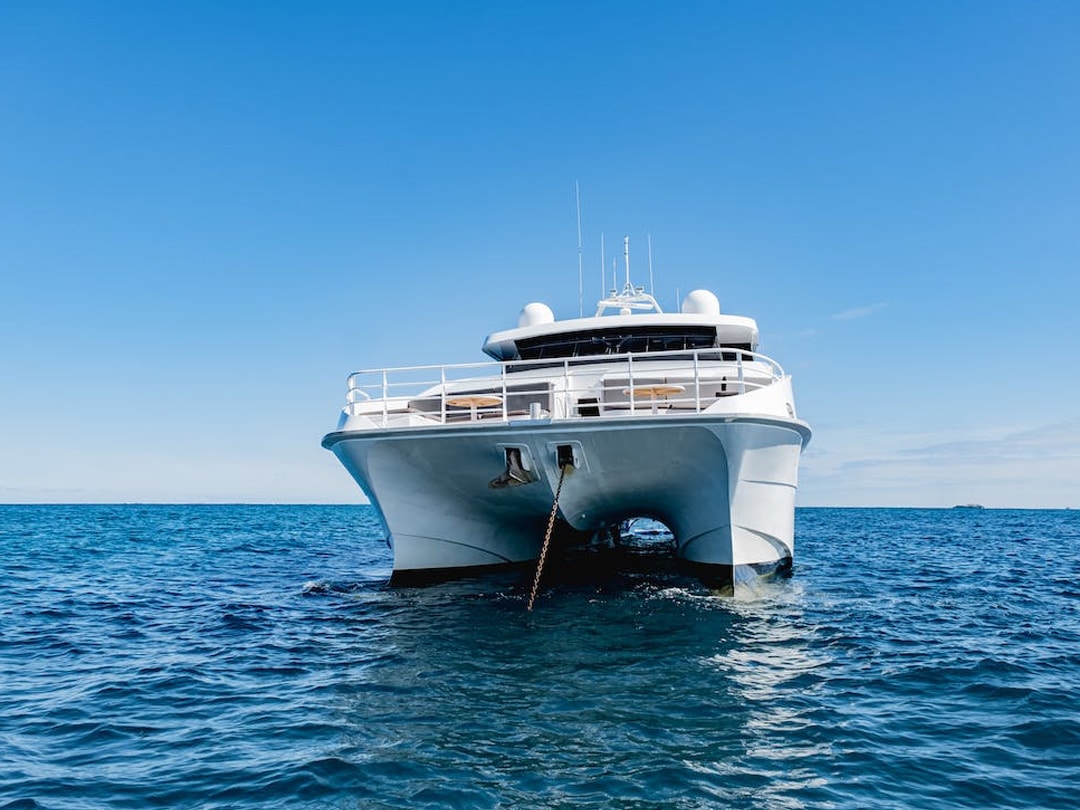Why is antifouling important?
How does ultrasonic antifouling work?
Ultrasonic antifouling uses ultrasonic transducers that are attached to the inside of the boat’s outer hull. These transducers produce ultrasonic sound waves at a frequency higher than the human ear can detect that create microcurrents causing micro jet action across the boat hull – the same technology is used in dental and medical equipment. These ultrasonic waves and micro jets create areas of positive and negative pressure which prevent algae growth and, in turn, prevents larger biofouling organisms and marine growth, such as mussels and barnacles, from attaching to your boat’s hull.
You can read more about how ultrasonic antifouling works in our previous blog.
How do traditional antifouling methods work?
When we talk about traditional antifouling methods we are talking about the use of antifouling paints that are applied annually (or more regularly) to your boat hull. These paints either contain high levels of toxins that leach into the surrounding water to kill off any marine life that may try to attach (hard antifouling) or they can contain lower levels of biocide but the top layer of paint sloughs off as the boat travels through the water, taking with it any organisms that have attached (soft or ablative antifouling).
There are many issues with these paints including a huge environmental impact. Therefore, less toxic and polluting alternatives to traditional antifouling are becoming more popular.
Ultrasonic antifouling advantages
It can be sucessfully used to Prevent marine fouling
Ultrasonic antifouling works! The reduced attachment of marine biofouling means reduced fuel costs for you, the boat owner, as well as being better able to maintain speed and great boat performance and with a fraction of the maintenance. No more annual haul outs and time consuming or costly reapplication of antifouling paint. Instead you can spend more time enjoying your boat.
Ultrasonic technology also works on boats of all different sizes, you will just need to use a bigger kit with more transducers if you have a larger vessel or catamaran.
Ultrasonic systems can be used to prevent fouling on difficult to reach areas
On large boats ultrasonic antifouling can be used on areas such as pipework and sea chests that are difficult to reach with antifouling paint. This helps reduce the maintenance needed and the use of harsh chemicals such as ferrous chloride to remove any growth.
Ultrasonic antifouling causes no harm the environment or fish
Another huge advantage of using an ultrasonic antifouling system to prevent biofouling is that it causes no harm to marine life. The ultrasonic waves do not interfere with the sonar from marine mammals such as dolphins and whales and there is no release of toxic chemicals that can build up in the food chain.
Ultrasonic antifouling works even when the boat isn’t moving
Whereas some forms of antifouling only work when your boat is used regularly, ultrasonic antifouling works 24/7 as long as it has power from either the solar system, onboard battery or shore power.
Disadvantages of ultrasonic antifouling
Initial outlay cost
One of the main ultrasonic antifouling disadvantages is the initial cost of the ultrasonic kits and transducers. Although the initial cost is high (starting at approximately £1250), it can save you money in the long run with reduced haul outs, no or lower cost of antifouling paint and reduced hull maintenance time.
Large yachts will require more than one system
Do not skimp and try and buy a smaller system than what is required for your boat as the transducers simply won’t be able to emit waves that are able to cover your hull. This will leave you with patchy coverage and more fouling, therefore more haul outs.
You can check which ultrasonic antifouling kit you will need for your boat in our previous blog or contact our expert team who will be more than happy to help.
Not suitable for all yachts
The ultrasonic transducer technology is only effective on certain types of boat hull and only where you have access to the inner part of the outer hull. So, for example, ultrasonic antifouling is not effective on cavity filled hulls or wooden hulls due to poor acoustic transmission. You can check our previous blog to see whether ultrasonic antifouling systems are suitable for your type of boat.
Haul outs will still be required
Haul outs will be required even with ultrasonic antifouling systems, but the frequency will be dramatically reduced and depend on whether you have additional antifouling in place or if you are able to clean your boat hull in the water in order to keep it performing at its best.
Difficulty protecting the waterline
The ultrasonic system and sound waves are easily able to protect the hull from marine fouling but the systems can struggle to completely prevent fouling growth from occurring at the waterline. This is why we recommend using our ultrasonic antifouling system alongside a hard antifouling paint, in order to give a double protection.
Are ultrasonic antifouling systems worth the cost?
We feel that with the reduced maintenance and huge environmental benefits, ultrasonic antifouling systems are more than worth their initial outlay cost. If you are still on the fence why not contact our team who can talk you through your options when it comes to deciding which kit would suit your boat and your needs.



